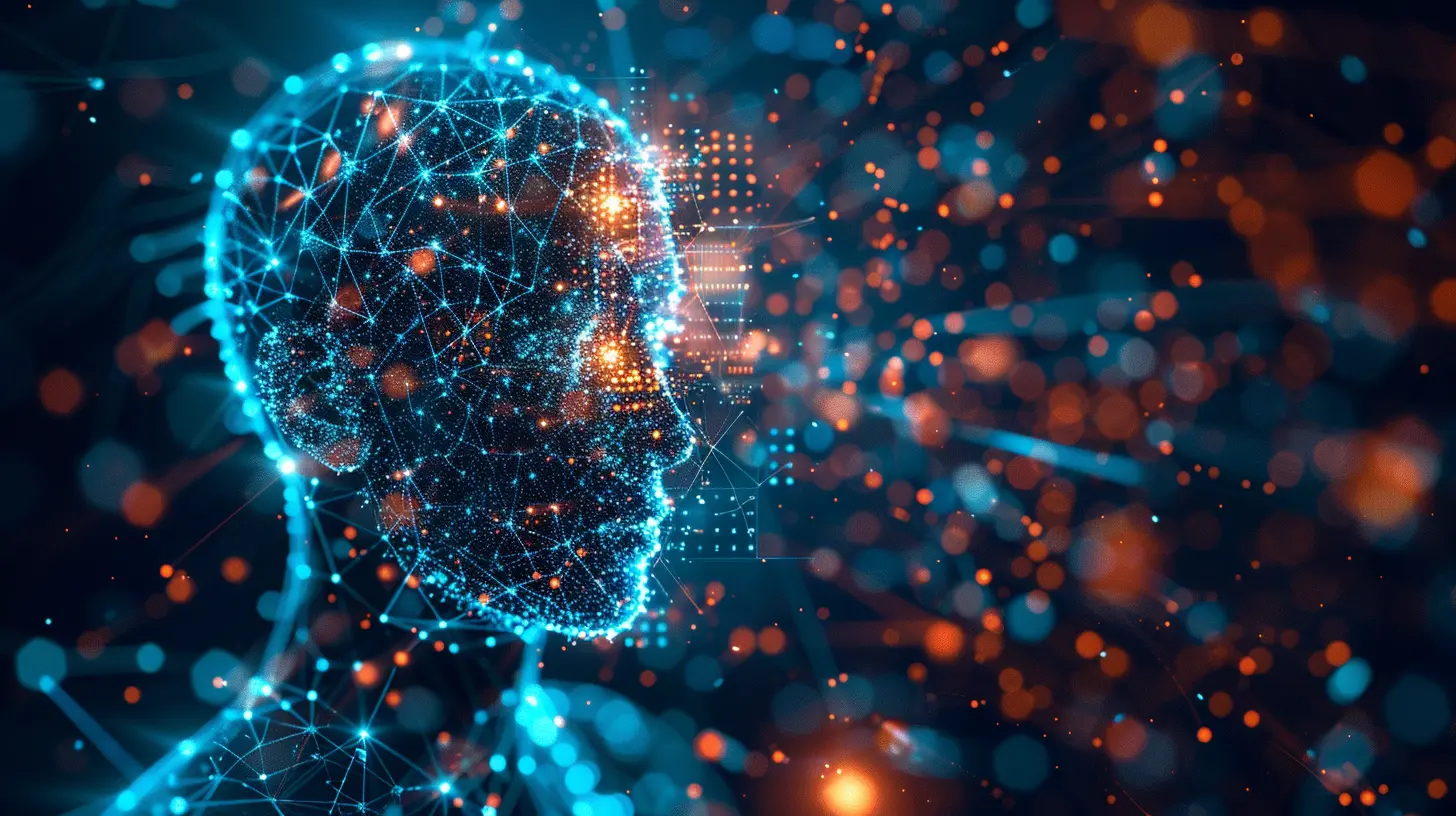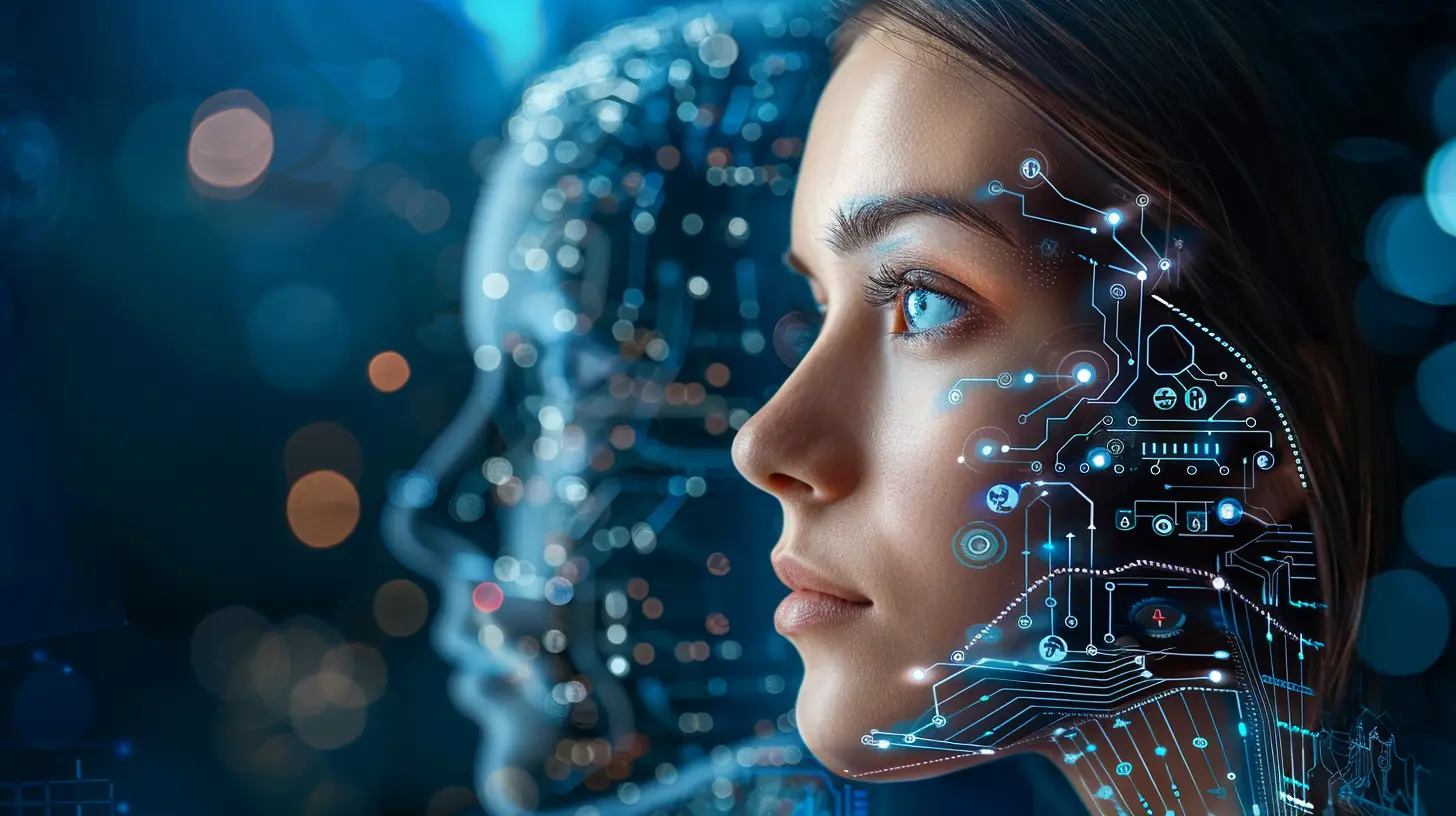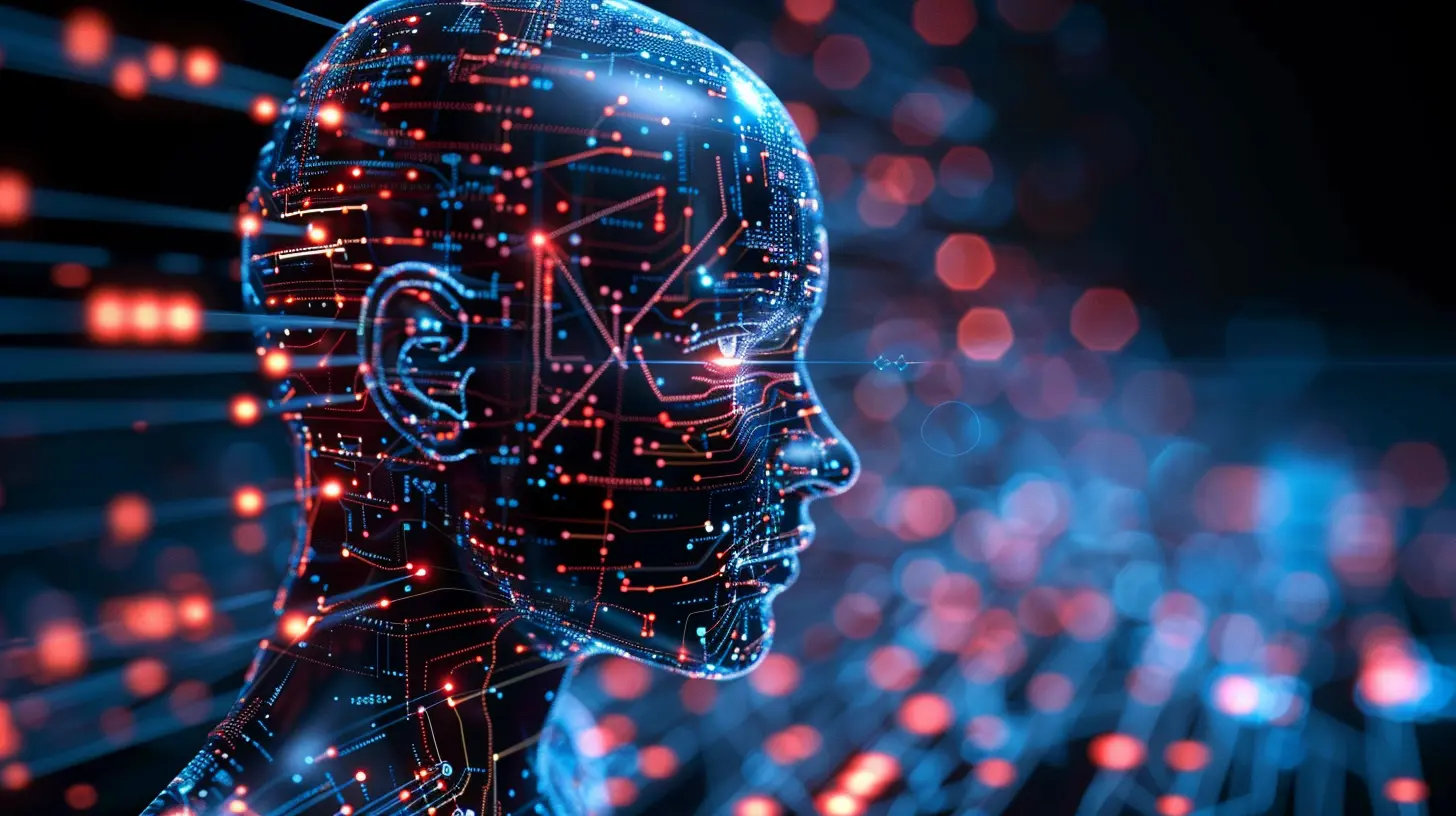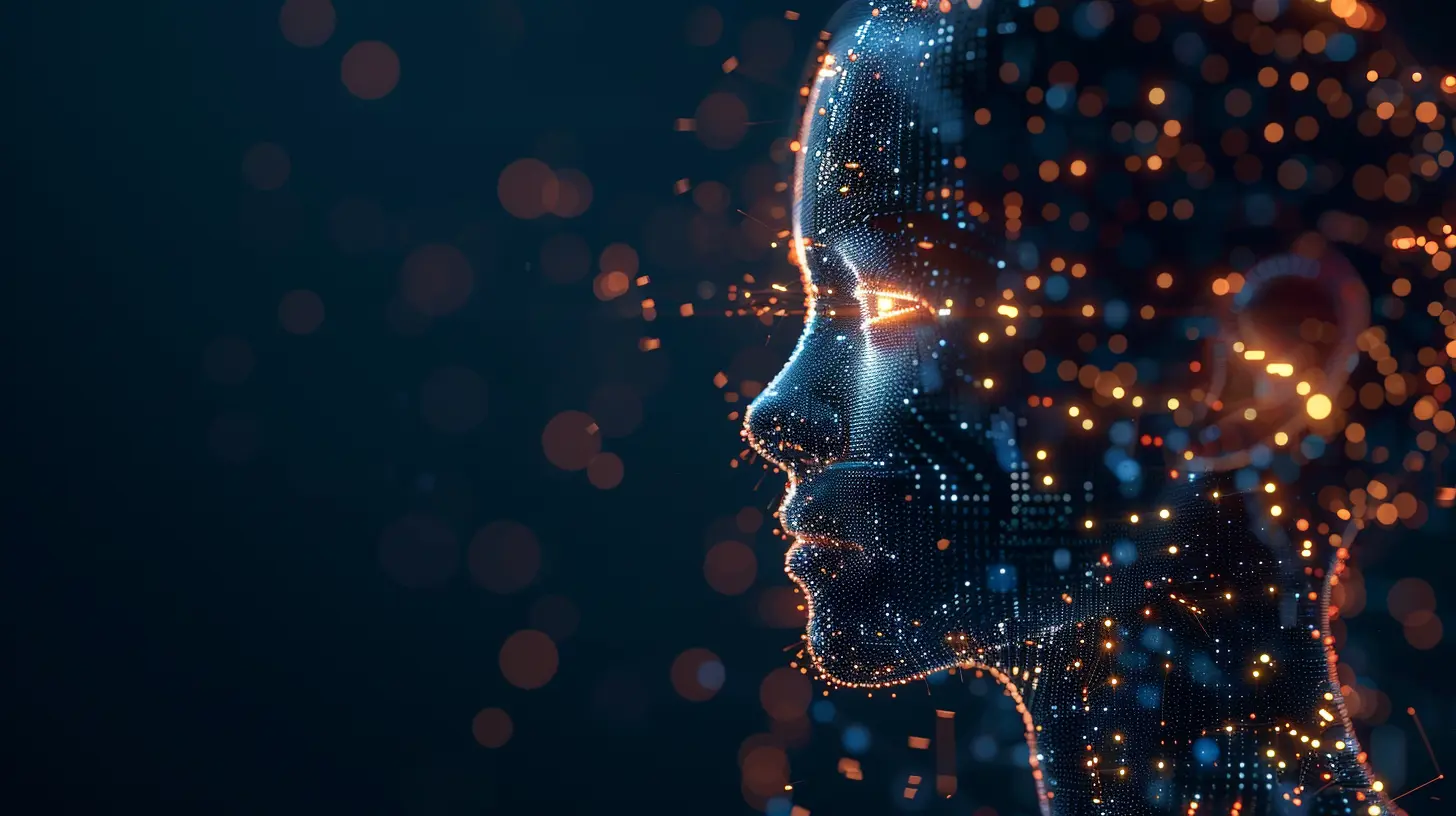The Role of Artificial Intelligence in Personalized Learning
12 August 2025
Education isn’t what it used to be, folks. The days of one-size-fits-all classrooms, where bored students stare at the clock waiting for the bell to ring, are slowly fading away. Thanks to artificial intelligence (AI), the game is changing—big time. Personalized learning is no longer a futuristic dream; it's here, shaking up classrooms and giving students an experience tailored to their individual needs.
But what exactly is AI doing in education? And is it really making personalized learning better, or are we just getting carried away by the tech hype? Buckle up because we’re diving deep into the role of AI in personalized learning, and let me tell you—it's exciting, it's revolutionary, and yes, it's a little bit controversial.

What Is Personalized Learning, Anyway?
Before we go all in on AI, let’s get one thing straight—personalized learning is not a new concept. The idea is simple: instead of forcing students into the same educational mold, personalized learning adapts to their skills, pace, and interests. Think of it like Netflix recommendations but for education.Traditional classrooms try their best, but realistically, one teacher can’t customize lessons for 30+ students simultaneously. That’s where AI swoops in like a superhero, offering tailor-made content, tracking progress, and ensuring that every student gets the support they actually need.

How AI Powers Personalized Learning
So, how exactly does AI bring personalized learning to life? Let's break it down:1. Adaptive Learning Platforms
Imagine if your math textbook could talk back to you and say, “Hey, you’re struggling with algebra, let’s slow down and tackle it step by step.” Well, that’s what adaptive learning platforms do. AI-driven systems like DreamBox, Knewton, and Smart Sparrow analyze a student's progress in real-time and adjust lessons accordingly.If a student breezes through a topic, the system moves them ahead. If they struggle, it slows things down, offers additional explanations, or suggests alternative learning materials. It’s like having a patient, all-knowing tutor by your side, 24/7.
2. AI-Powered Tutoring Systems
Tutors are fantastic, but let’s be real—they're expensive and not always available. AI tutors, on the other hand, are always ready to help. IBM’s Watson Tutor and Carnegie Learning’s MATHia are examples of AI-powered tutoring systems that provide instant feedback and detailed explanations whenever students need them.These AI tutors don’t just throw answers at students; they analyze mistakes, pinpoint weaknesses, and provide step-by-step guidance to help students improve. It's personalized learning with zero judgment.
3. Intelligent Chatbots for Instant Support
Ever wished you could ask a question at 3 AM without waiting for your teacher’s office hours? AI chatbots are making that possible. These smart assistants answer student queries, explain concepts, and even grade assignments. Tools like Cognii and ChatGPT (yep, like me!) help students stay on track without the long wait times.For students juggling assignments, deadlines, and life’s chaos, having an AI helper on standby is a total game-changer.
4. Personalized Content Recommendations
AI doesn’t just help students pass exams—it makes learning more engaging too. Platforms like Coursera and Udemy use AI to recommend courses, videos, and reading materials based on a student’s learning habits and interests.Think of it like Spotify for education. Instead of getting a generic playlist, you get a curriculum that actually resonates with you. No more sitting through dull, irrelevant lectures!
5. Smarter Assessments and Feedback
Traditional grading? It’s outdated. AI is revolutionizing the way assessments work by providing real-time feedback and analyzing patterns in students’ mistakes. Instead of waiting days (or weeks!) for grades, students get instant insights into their performance.AI doesn’t stop at surface-level scores—it digs deep, highlighting areas where students need improvement and suggesting personalized exercises to help them master the material. Teachers also benefit by identifying struggling students early and offering targeted support.

The Benefits of AI in Personalized Learning
Alright, let’s talk perks. AI isn't just making education more efficient—it’s making it more effective, engaging, and, dare we say, fun? Here’s why AI-driven personalized learning is a big deal:1. Better Retention Rates
Students grasp concepts faster when lessons match their learning style and pace. With AI tailoring instruction, students retain information better because they actually get what they’re learning instead of memorizing it for the test and forgetting it the next day.2. Increased Student Engagement
Let’s face it—traditional learning can be dull. AI spices things up by incorporating gamification, interactive lessons, and personalized challenges. When students feel like they're actively participating rather than just absorbing info, they stay engaged longer.3. More Efficient Use of Teacher Time
Teachers have enough on their plate (planning lessons, grading papers, dealing with classroom drama—you name it). AI takes over the routine tasks, like grading and scheduling, allowing educators to focus on what they do best: teaching and mentoring students.4. Learning Without Boundaries
AI-powered learning platforms work anywhere, anytime. Whether it's a student in a remote village or someone balancing school with a part-time job, AI makes quality education accessible on demand. It’s breaking down barriers and democratizing knowledge like never before.
The Challenges and Concerns
Of course, AI in education isn’t all sunshine and rainbows. There are some hurdles that need tackling before we hand over the classroom keys entirely to AI.1. Data Privacy and Security
AI thrives on data, but collecting student information raises serious privacy concerns. Who owns the data? How is it stored? Can it be misused? Schools and tech companies need strict regulations to ensure student information stays secure.2. The Human Touch
No matter how advanced AI gets, it can’t replace human educators entirely. Learning isn’t just about absorbing facts—it involves emotional intelligence, social interactions, and critical thinking, areas where AI still falls short. The best approach? A collaboration between AI and teachers, not a replacement.3. Accessibility Gaps
Not all students have access to the tech required for AI-powered learning. Without proper infrastructure in place, AI-driven education runs the risk of widening the gap between privileged and underprivileged students. Bridging this gap should be a priority.The Future of AI in Education
We’re just scratching the surface of what AI can do for personalized learning. In the coming years, expect even more innovations—virtual reality-powered lessons, AI-driven mentorship programs, and smarter, more intuitive learning assistants.One thing’s for sure: AI is here to stay, and it’s reshaping education in ways we never imagined. While challenges exist, the potential benefits far outweigh the drawbacks. If used wisely, AI can make learning truly personalized, ensuring that no student gets left behind.
Final Thoughts
Love it or hate it, AI is revolutionizing education. Personalized learning is no longer a dream—it’s a thriving reality, giving students an unprecedented level of support and customization in their learning journey.The key? Balance. AI should enhance education, not replace the human touch. With the right approach, we can create a future where every student gets the education they deserve—tailored, engaging, and, most importantly, effective.
What do you think? Is AI the future of education, or are we putting too much faith in technology? Drop your thoughts in the comments!
all images in this post were generated using AI tools
Category:
Innovation In EducationAuthor:

Olivia Chapman
Discussion
rate this article
1 comments
Niko Good
Embrace the AI revolution in education! It’s like having a personal tutor 24/7. Let’s make learning fun, tailored, and engaging for every student! 🎉
August 28, 2025 at 4:15 AM

Olivia Chapman
Absolutely! AI can transform education, offering personalized support and making learning more enjoyable for all students. Exciting times ahead! 🎉


